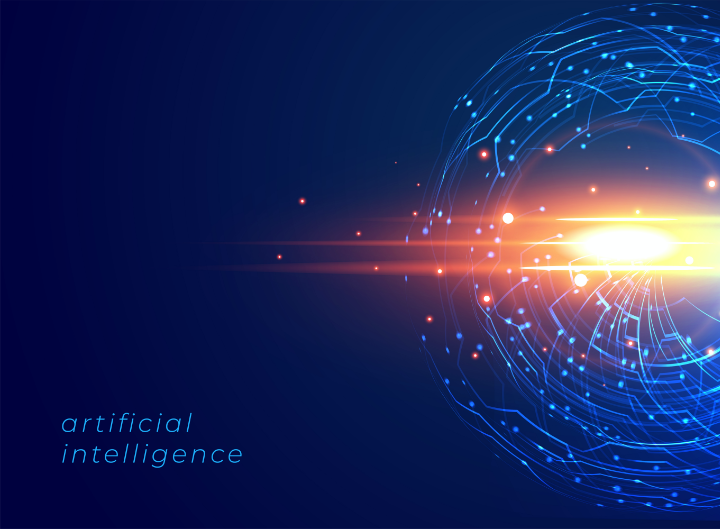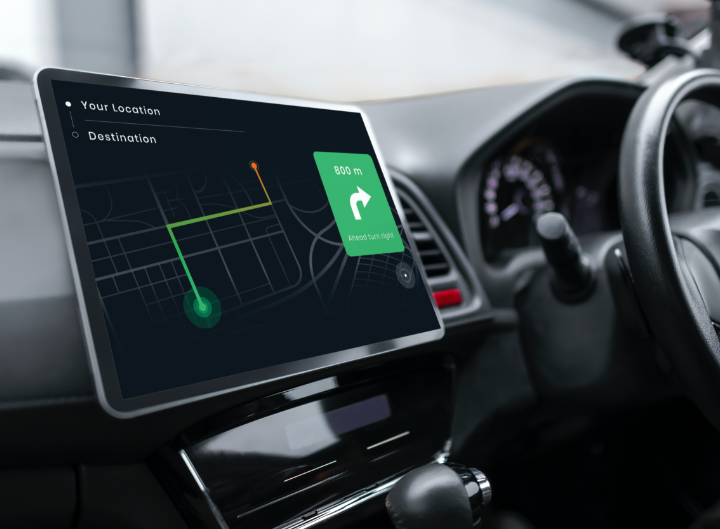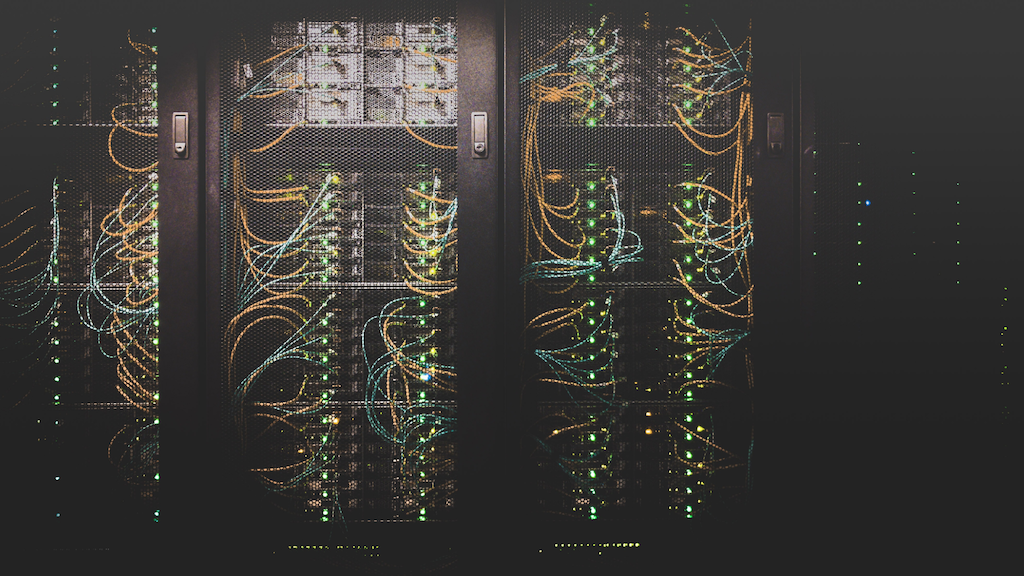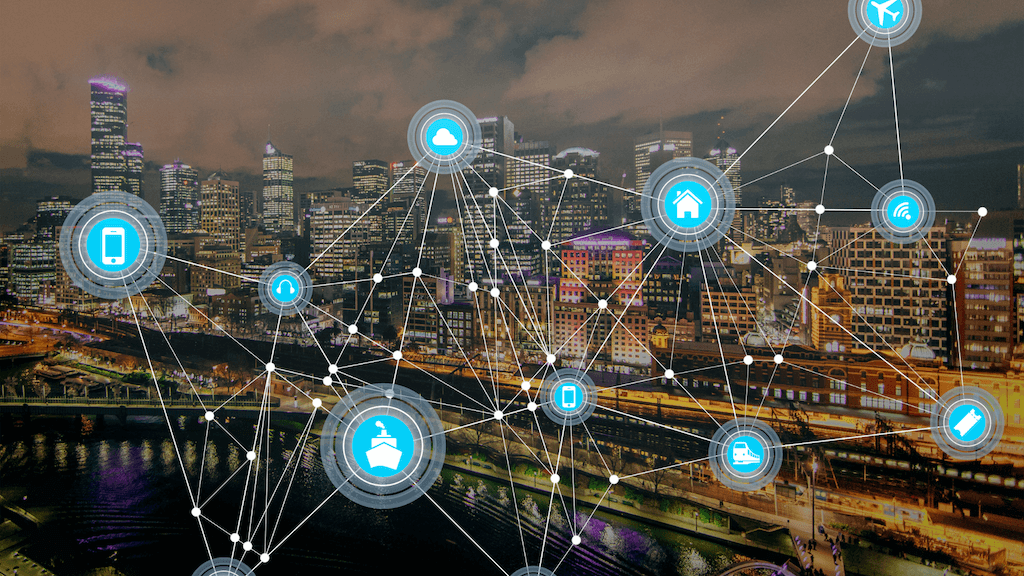Tag: IoT
Today we keep most of our files like pictures, videos, or other documents on cloud storage. Cloud storage refers to storing your data on the internet server which saves space on your device.
Just like we use cloud storage for personal use, it also offers value to businesses by allowing them to store and back up company data, run software applications, and more.
However, another alternative that companies have, which is becoming quite popular recently, is edge computing.
What is edge computing?
Unlike cloud computing, edge computing refers to the practice of collecting, processing, and analyzing data at the edge of the network, as close to the original data source as possible.
Some of the everyday devices we interact with use edge computing, for example, Amazon’s Alexa or self-driving cars.
Now, if there is the possibility of using cloud computing and processing data on Internet servers, why would these devices give priority to edge computing?
Benefits of edge computing
Speed
Because in edge computing, data is processed close to the source, the distance the data must travel is shorter, resulting in faster service and less latency. This is vital for businesses, as the delay in their service will upset the customer and cause costly damage.
In the case of smart devices like Amazon Alexa, thanks to edge computing, trigger word detection and speech recognition is done locally, and the processed text version of the request is sent to the cloud instead of the full voice recording.
Security


Edge computing serves as a double-edged sword when it comes to security. Since edge computing is a paradigm of distributed computing, it could increase potential attack factors. However, it doesn’t always add risk and can have some important safety benefits.
In the case of cloud computing, the data is transmitted to central data centers, while in edge computing this data is processed locally, and therefore, with the appropriate encryption capabilities, there is less data at risk.
Scalability
One of the most valuable benefits of edge computing is its scalability. This benefit may not be so easy to see, but even in the case of cloud computing, companies need to forward their data to their data centers.
When businesses expand, so must their IT infrastructure, such as data centers, to ensure solid and seamless service to customers. However, building and expanding data centers is a very expensive undertaking.
By combining IoT devices and edge data centers, companies can scale their operations and capabilities at a much lower cost without the need for data centers.
Edge computing and AI


Although edge computing has quite a few benefits, it is further improved with the help of Artificial Intelligence. The combination of edge computing and AI is known as Edge AI.
Edge AI uses Machine Learning (ML) algorithms to process data produced by local hardware. The important part is that you don’t need an internet connection for Edge AI to process data and make decisions on its own.
This becomes especially important if there is internet downtime or no internet access. Machine learning algorithms can perform data operations locally, handle the devices themselves, and send data to the cloud once the internet connection becomes available.
Examples of Edge AI
To better understand the importance of Edge AI, let’s take a look at some of its examples.
Self-driving cars


As we know, autonomous cars collect information from their built-in sensors that are analyzed in a matter of milliseconds to ensure a safe and accident-free ride when traveling.
But if this process depended solely on cloud computing, can you imagine the devastating result we would get in the event of internet connectivity problems?
Because autonomous vehicles cannot allow any delay in data processing, edge ai is vital for analyzing the data and taking the corresponding action even without the internet connection.
IoT sensors
Today, most manufacturing plants rely on IoT sensors. These sensors monitor environmental conditions, the status of the production line, device defects, and other details that are of great importance for the safety and smooth running of factories.
Again, local processing of the above-mentioned data rather than sending it to the cloud is vital. Sending your data to the cloud runs the risk of delays and downtime.
Therefore, to quickly analyze local conditions, detect potential anomalies, and act accordingly, factories need Edge AI due to its local data processing capabilities and ML algorithms.
Benefits of Edge AI
Based on the examples, it is clear that Edge AI can provide many benefits for businesses, such as:
- Real-time decision making
- Non-dependence on Internet connectivity
- Increased safety and security
- Easily adaptable to many different use cases
Conclusion
Thanks to IoT devices, the world is becoming more and more connected and this results in a large amount of collected data that needs to be processed quickly, which is one of the biggest benefits that Edge AI offers.
However, in addition to faster data processing, Edge AI offers security by keeping sensitive data locally and not sending it to the cloud.
With all the benefits and advantages that Edge AI brings, it’s no wonder the technology has a brighter future and will be deployed on a large scale by more companies.
Rapid technological innovation has forced companies to follow suit and also innovate their processes. We have heard many stories where companies that did not keep up with the trend were quickly replaced by competitors that kept pace with innovation.
Today, AI-powered solutions are the biggest innovation that companies implement in their operations. But the effectiveness of AI solutions is based on the availability of data and its quality, which can be managed with IoT devices.
That is why large companies such as Amazon, Apple, Tesla, Google, Facebook and many others use both technologies to guarantee an innovative and high quality service to their customers.
However, the beauty of IoT and AI is that it is not exclusive and can be used by companies of any size.
Today we will discuss how companies can grow and improve their operations with the help of Artificial Intelligence and the Internet of Things.
What is the Internet of Things and how does it work?
The Internet of Things refers to objects that are connected to each other in real-time and exchange information with installed sensors, software, and other tools.
With the smart devices around us, it is not difficult to find a real-life example even in our own home. For example, smart speakers like Alexa or Google Home can talk to other appliances in your house and modify these appliances according to your desire.
Therefore, Alexa is one of the examples of IoT devices, as it is connected with other devices and exchanges data with them. However, when it comes to the business world, taking the power of AI and merging it with IoT devices produces benefits that go beyond simple communication between devices.
What is Artificial Intelligence (AI)?
AI is a broad term used for all the systems that imitate the cognitive functions in humans such as learning, understanding, reasoning and decision making. In other words, AI can be defined as a machine completing tasks normally done by humans without human assistance.
AI is the future of business operations and it is currently being implemented in all areas where machines carry out the tasks handled by humans until now. In other words, AI is revolutionizing your company’s operations.
Benefits of integrating AI and IoT
When we talk about AI solutions, we mean smart algorithms enriched with data that allow computers to solve complex problems that require human-like intelligence. So where exactly can these two help businesses grow?
Improved operational efficiency
The beauty of AI and IoT is that the uninterrupted supply of data reveals patterns of operations that a normal person could not have seen. Intelligent algorithms analyze the data and show which operations are performed optimally and which need further improvement.
Preventing the downtime
Installing IoT sensors on your equipment means being constantly on the circuits of your condition. Knowing the health of your devices is already an advantage, however, with the help of AI, you can even go one step further.
By analyzing historical data, AI can provide a probability of when your equipment might fail. Therefore, we give you a notice to properly prepare and minimize inconvenience.
Enhanced safety and security
Many companies discovered that security was another thing that AI with the help of IoT could successfully handle.
By analyzing the data, companies can predict potential security risks, such as the likelihood of theft or a cyberattack. Responding to such threats (informing officials, raising the alarm, etc.) can also be automated and accelerated, further enhancing security.
Risks in the workplace also include personnel safety. Ensuring safety at your facility is vital to your employees, and predicting environmental hazards is the most efficient way to do this.
The artificial intelligence will analyze all the information about the working environment (air quality, temperature, radiation, etc.) from the IoT sensors that the personnel might not know and will alert the management about possible threats instantly.
Better customer experience
Today, the customer experience is one of the top priorities of all companies. And when the world is more connected than ever, the tandem of AI and IoT is a perfect solution to ensure customer satisfaction.
Customers making a decision before making a purchase is a complicated process. They may see your product ad online, sign up for your newsletter, but decide to make a purchase offline, at your store. With the loyalty card offering in your physical store, you can receive customer email and connect data online and offline, streamlining the omnichannel purchase process.
Feeding online and offline data to AI algorithms will bring the best-personalized experience to your customers. By offering them tailored suggestions and showing them products of their interest, which translates into greater customer satisfaction and also drives sales.
Conclusion
Today, with all smart devices, we are more connected than ever. This means that a large amount of data is collected every day. By accurately analyzing this data, businesses can be successful.
However, the human strength to study all this raw data is beyond our capabilities. Precisely for this reason, Artificial Intelligence is the best solution to combine with IoT and obtain the desired results in a matter of seconds.
Looking at today’s world, we can easily say that keeping up with AI and IoT will be the deciding factor in survival in today’s competitive business environment.
Get all the business benefits of AI and IoT by automating and optimizing your processes. Start today by scheduling a free consultation call with the AI experts at MaxinAI.
We will review your project requirements and, in case of mutual interest, we will offer you a free pilot project for your risk-free journey in the world of AI.














